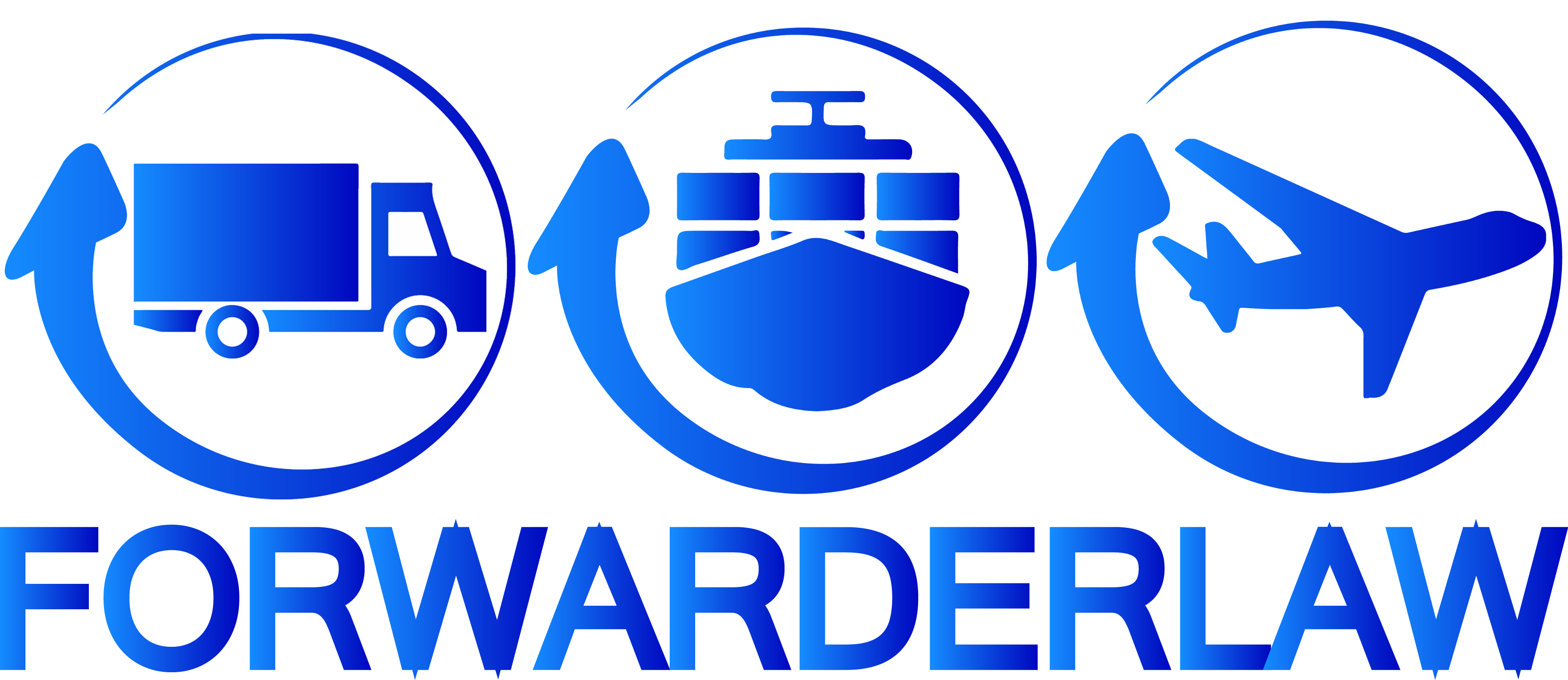Pauline Davies, Fee Langstone, New Zealand
The brown marmorated stink bug (Halyomorpha halys) is a native of China, Japan, Korea and Taiwan and is a serious agricultural pest in all places where it has become established, including the USA and parts of Europe and Canada. It is not at all fussy about what it eats, and will happily attack fruit of all types including citrus, pipfruit, stonefruit, berries and grapes, with virtually all other crops being at risk, including field crops such as asparagus, corn, tomatoes and wheat, and ornamentals such as roses. The stink bug feeds by inserting tube-like mouthparts into plant tissue, and sucking out sugars and nutrients.
The prospect of the stink bug becoming established in New Zealand is regarded by the local horticulture industry as a matter of serious concern, with an NZIER report published in February 2018 estimating that this could wipe up to $3.6bn from New Zealand’s GDP by 2038. In the 1990s, some USA states lost 90% of their crop production. They reduced this to a still-staggering 30%, only through the very frequent use of harsh pesticides. This method of control would not necessarily be an option for New Zealand due to its high levels of exports to countries that do not allow certain pesticides to be used.
New Zealand is of course a major importer of goods from all the countries where the stink bug is native. The insect is known to get into the linings and warm spaces of second hand cars and machinery, particularly during September to April (i.e. the northern hemisphere cold season), where it hibernates as part of the breeding cycle. The 2018-2019 season proved, for reasons that have not been established, to be a particularly bad one for stink bug infestation.
Early in 2018, four car carriers reached New Zealand with stink bugs on board. Three were turned away without being allowed to unload, the Ministry of Primary Industries requiring full fumigation treatment before the ships were allowed back. A fourth ship voluntarily redirected itself. A fifth was due to dock in Auckland on 5 November 2018, but was intercepted in Australia and sent to sit off the coast of Queensland without unloading, pending approval of a treatment plan to kill the stink bugs found on board. This then led to the carrier sending a further vessel back to Japan for treatment, and altering the schedule for another.
At the end of November 2018, yet another car carrier was ordered to leave New Zealand waters following the discovery of three live and 39 dead stink bugs, plus other dead regulated insects. This ship was carrying vehicles from Europe and the United States.
Import Health Standards
Government import health standards issued under the Biosecurity Act 1993 require all vehicles, machinery and equipment to be clean, both internally and externally. There are additional rules that apply explicitly to used machinery, and there are compulsory treatment requirements for vehicles and machinery from Japan and other specified countries. Further rules apply to the use of timber and containers. Korea and China are not specified countries. Korea and China are not currently specified countries. However, on 4 April 2019 MPI announced that it is seeking feedback on a plan to required all imported cargo relating to vehicles to be treated off-shore, including sea containers. Under the present regime only uncontainerised cargo has to be treated before arrival. As well, the list of countries subject to additional other requirements is to be expanded from 18 countries to 33. The consultation period closed on 3 June 2019. The outcome has not yet been announced.
Shipping companies also have their own rules regarding treatment of cargoes, and impose obligations regarding compliance with health standards.
However, many ships coming to New Zealand call at ports throughout the Asian region and our understanding is that, so far, it has not been possible to establish where any given stink bug infestation of cargo has occurred. This uncertainty seems to have largely left shipping companies to carry the costs, although there has been at least one recent example of some of the costs being passed on to cargo interests.
Issues
From an insurance point of view, potential issues arise at many different points. Clearly, marine insurers are likely to be at the forefront with claims in respect of fumigation costs. Any attempts by shipping companies to pass on their expenses may implicate cargo and freight forwarder liability policies – and if it can ever be established that a particular cargo is responsible for a ship being turned around, the potential exposure could be massive. Regulatory action could well be expected in those circumstances, with statutory liability policies being asked to respond.
The broader implications from any widespread infestation of stink bugs that reach crops are yet to be determined. Stink bugs don’t just affect crops, they get into businesses and homes too. This graphic description is cautionary: https://www.newyorker.com/magazine/2018/03/12/when-twenty-six-thousand-stinkbugs-invade-your-home.
While general exclusions regarding insects and the like may well apply, the range of possible claim circumstances is so vast and, as yet, unforeseeable. It remains to be seen what could eventuate. The Environmental Protection Agency has approved the introduction of the samurai wasp as a predator for the stink bug, in the event that an infestation becomes established. That has not yet occurred so is not a proven solution in the New Zealand context; and of course history is full of examples of introduced pests that create their own problems. Watch this space.

